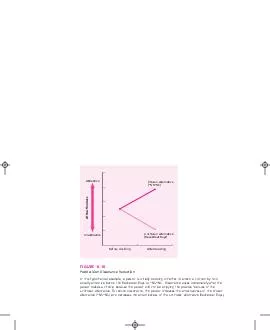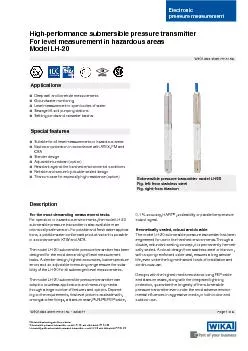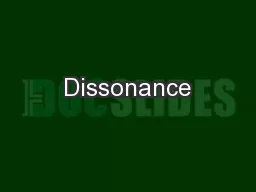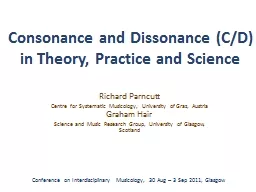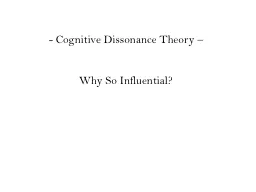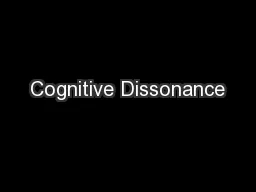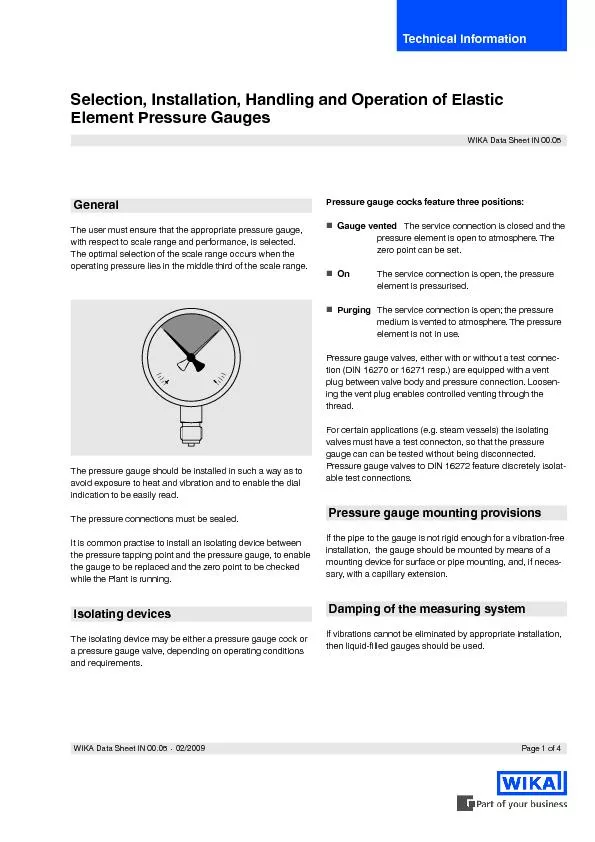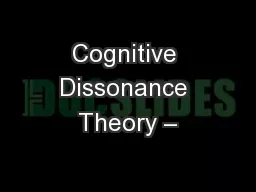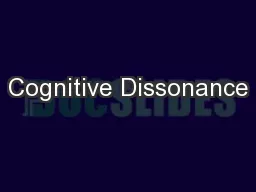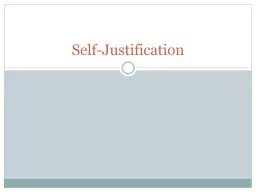PDF-CHAPTER SIX means of dissonance reduction are available Fried Aronson Dickerson Thibodeau
Author : danika-pritchard | Published Date : 2014-11-19
4 ostdecision Dissonance Reduction Did you ever have to make up your mind To pick up on one and leave the other behind Its not often easy its not often kind Did
Presentation Embed Code
Download Presentation
Download Presentation The PPT/PDF document " CHAPTER SIX means of dissonance reducti..." is the property of its rightful owner. Permission is granted to download and print the materials on this website for personal, non-commercial use only, and to display it on your personal computer provided you do not modify the materials and that you retain all copyright notices contained in the materials. By downloading content from our website, you accept the terms of this agreement.
CHAPTER SIX means of dissonance reduction are available Fried Aronson Dickerson Thibodeau: Transcript
Download Rules Of Document
" CHAPTER SIX means of dissonance reduction are available Fried Aronson Dickerson Thibodeau"The content belongs to its owner. You may download and print it for personal use, without modification, and keep all copyright notices. By downloading, you agree to these terms.
Related Documents

